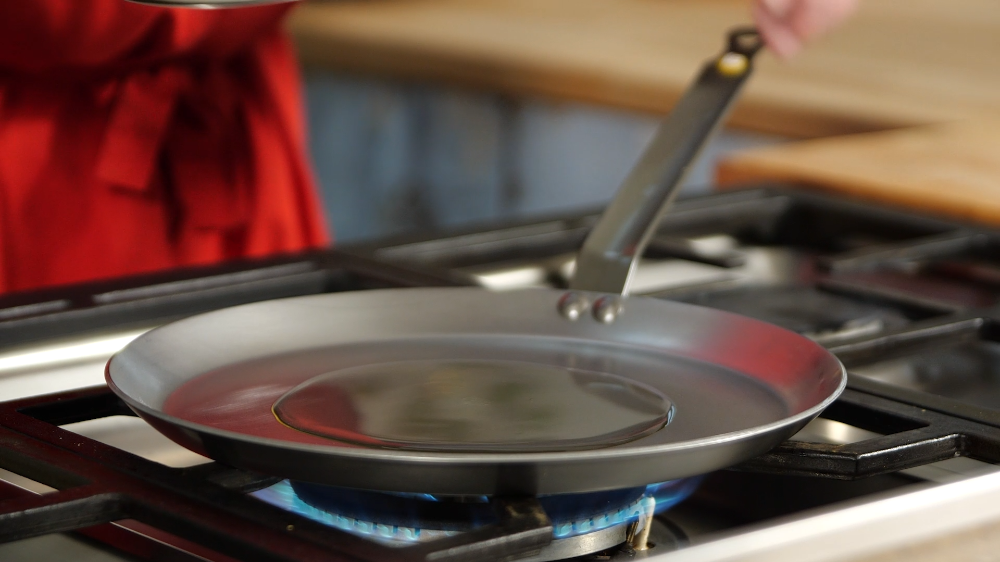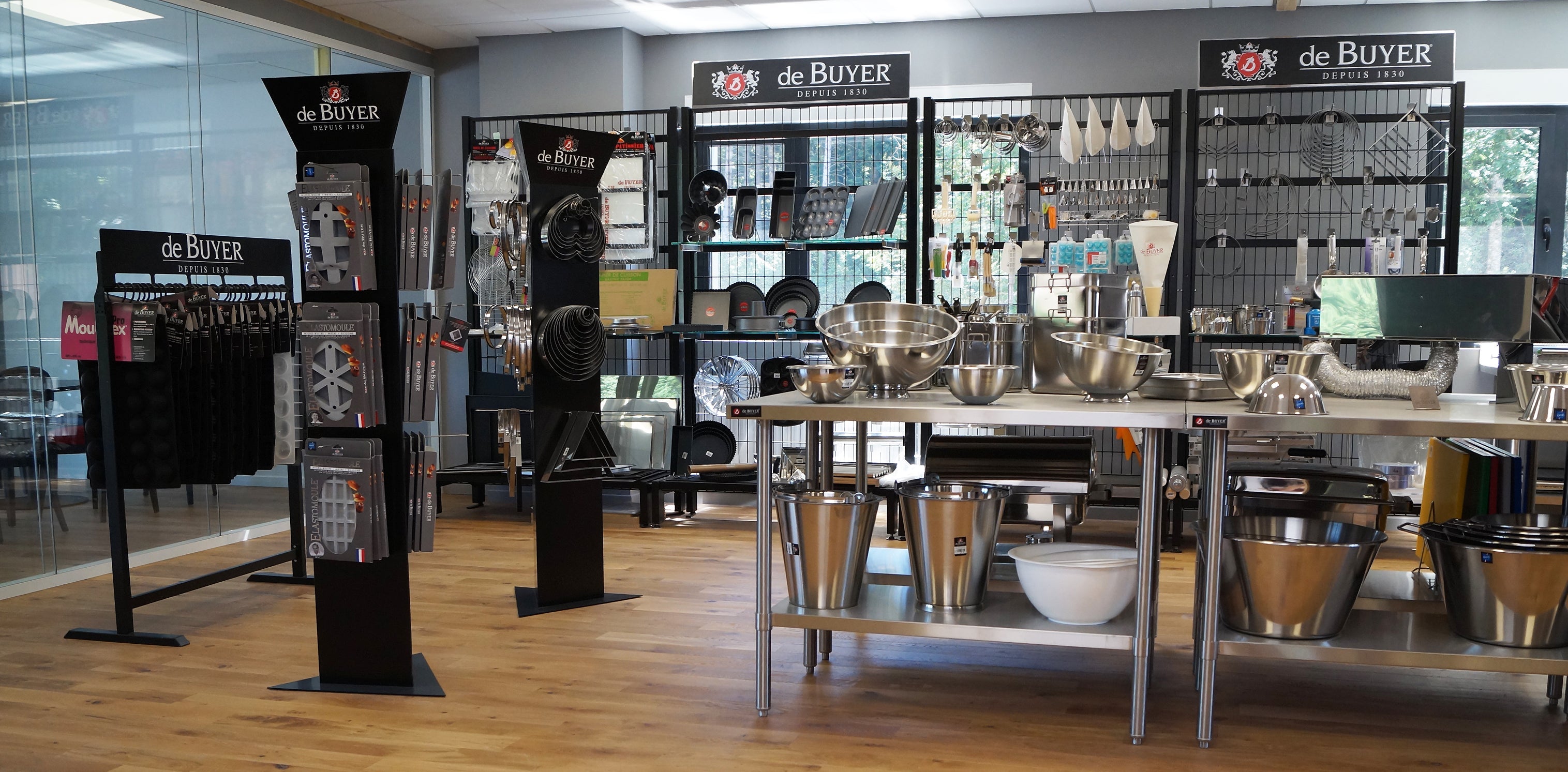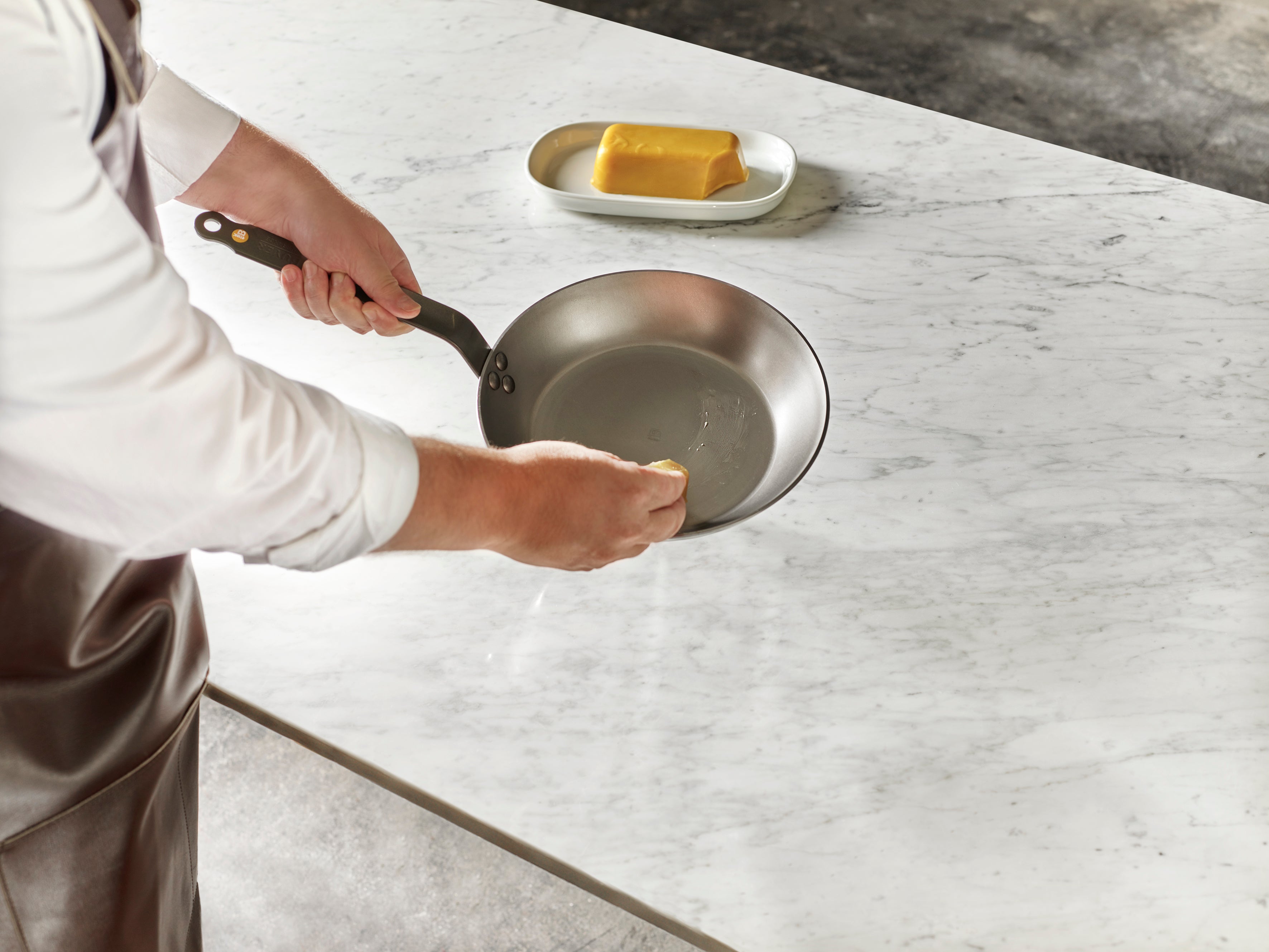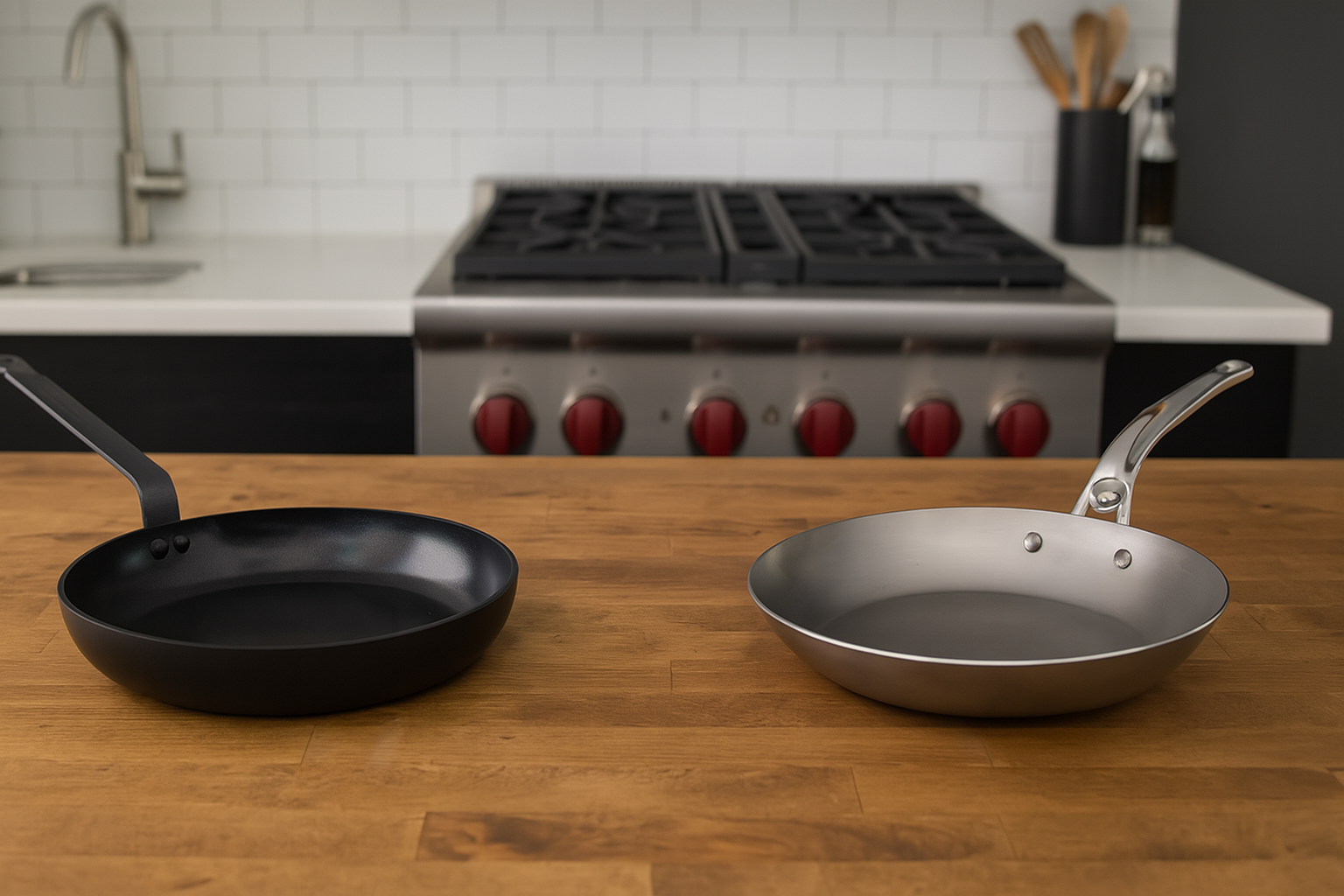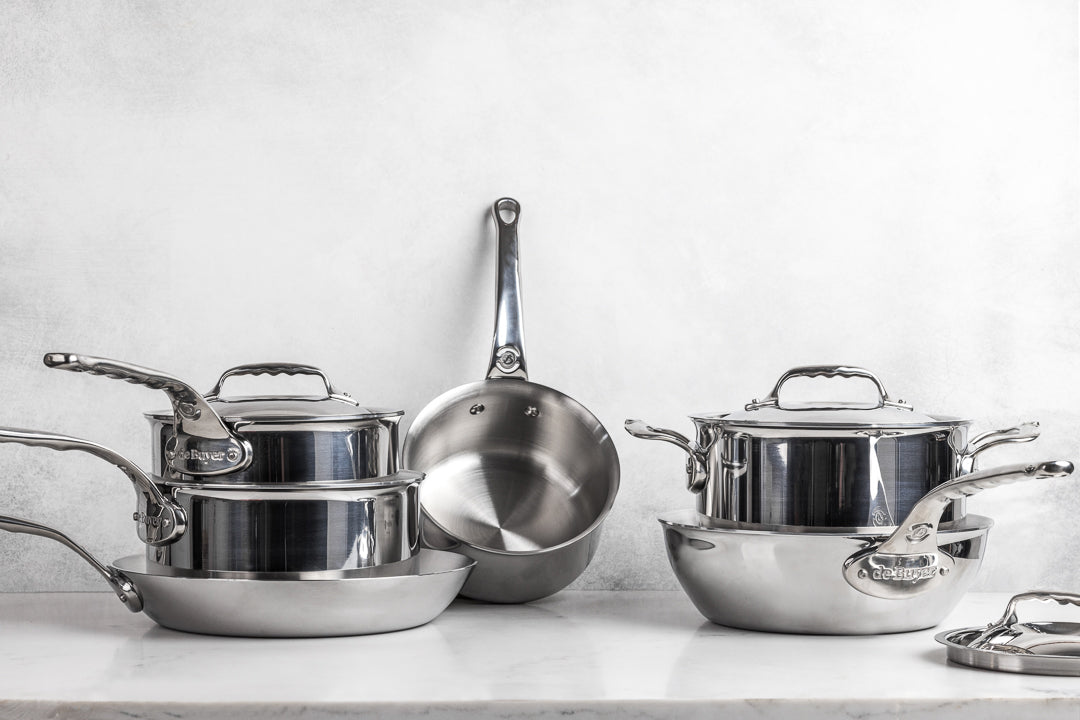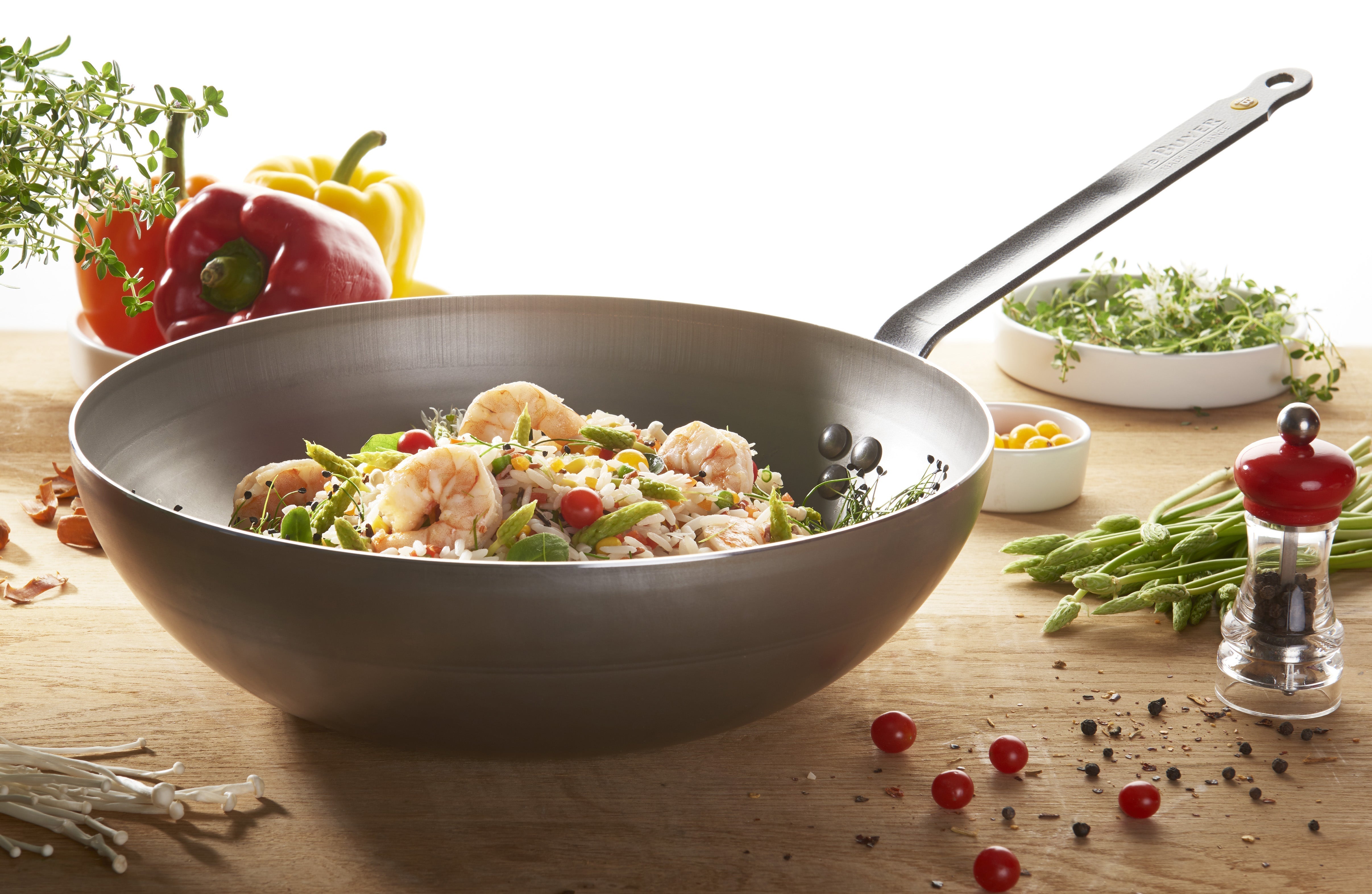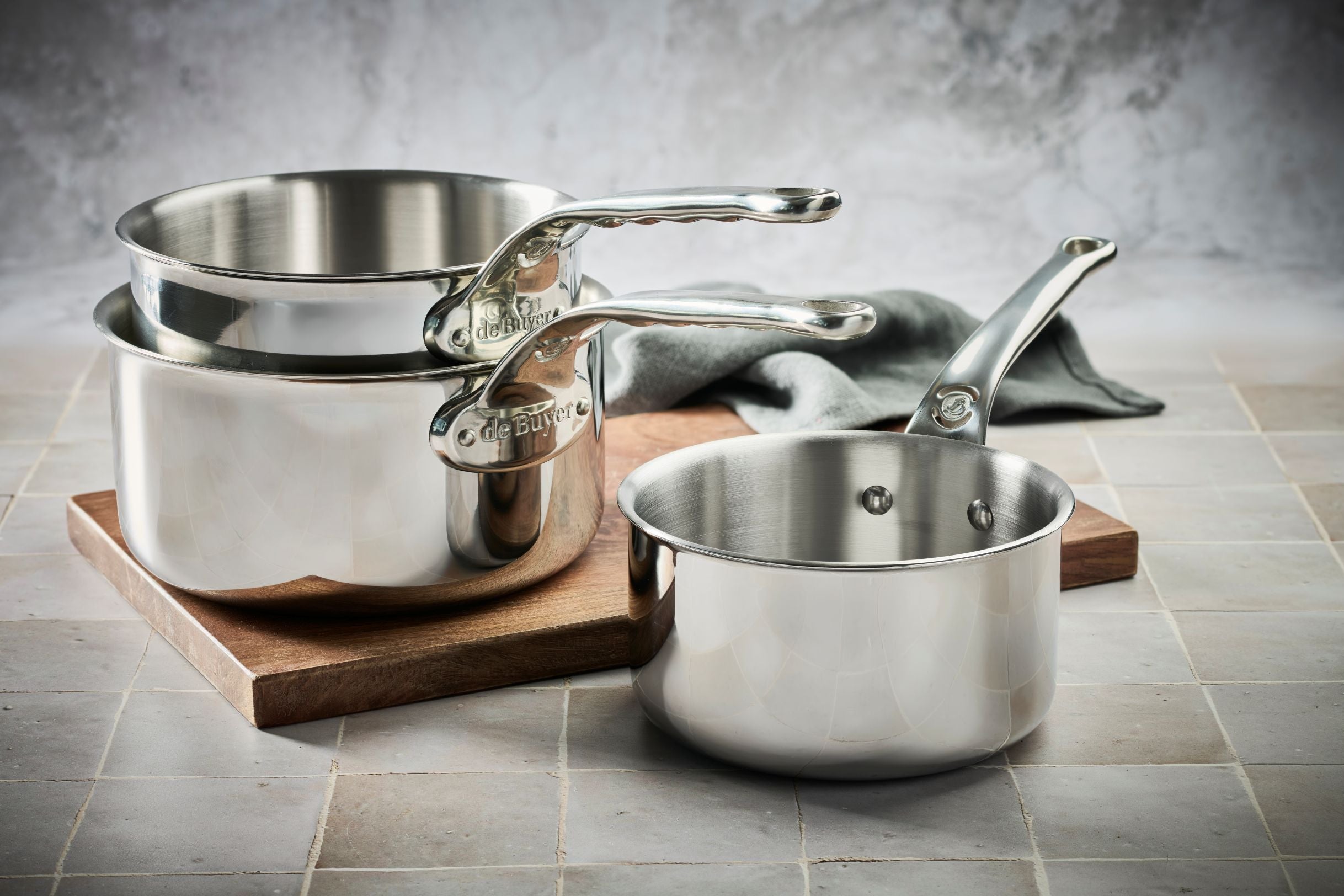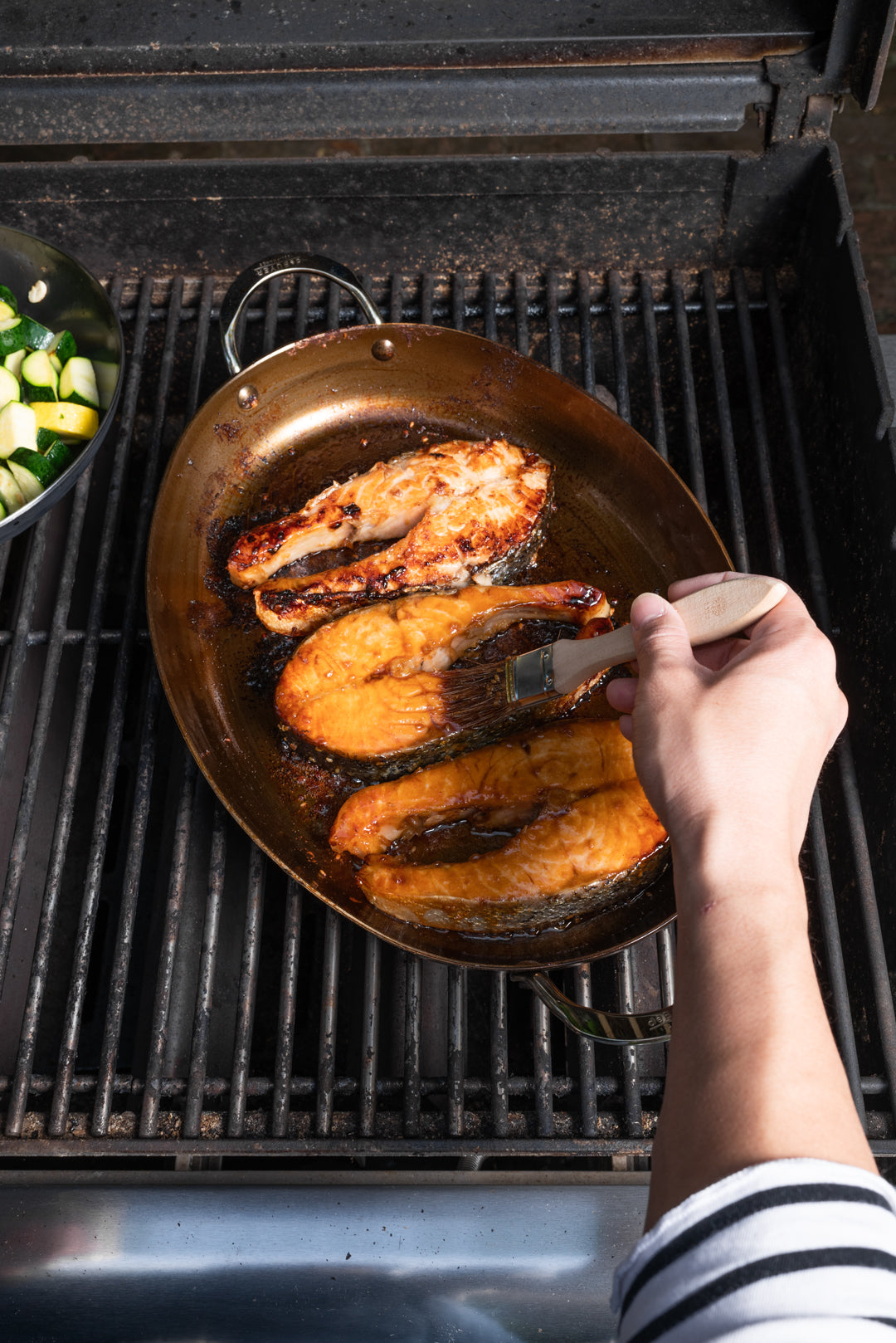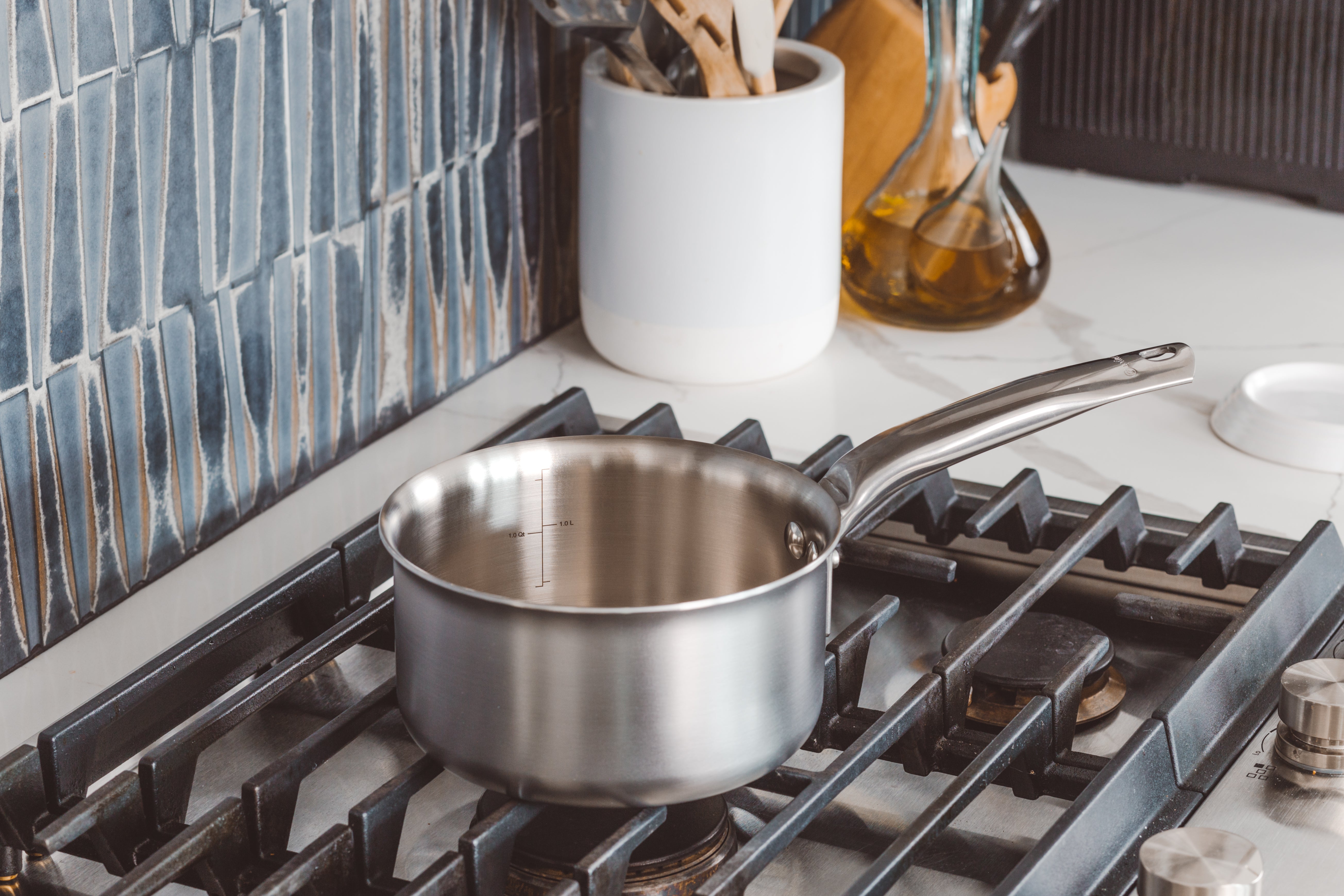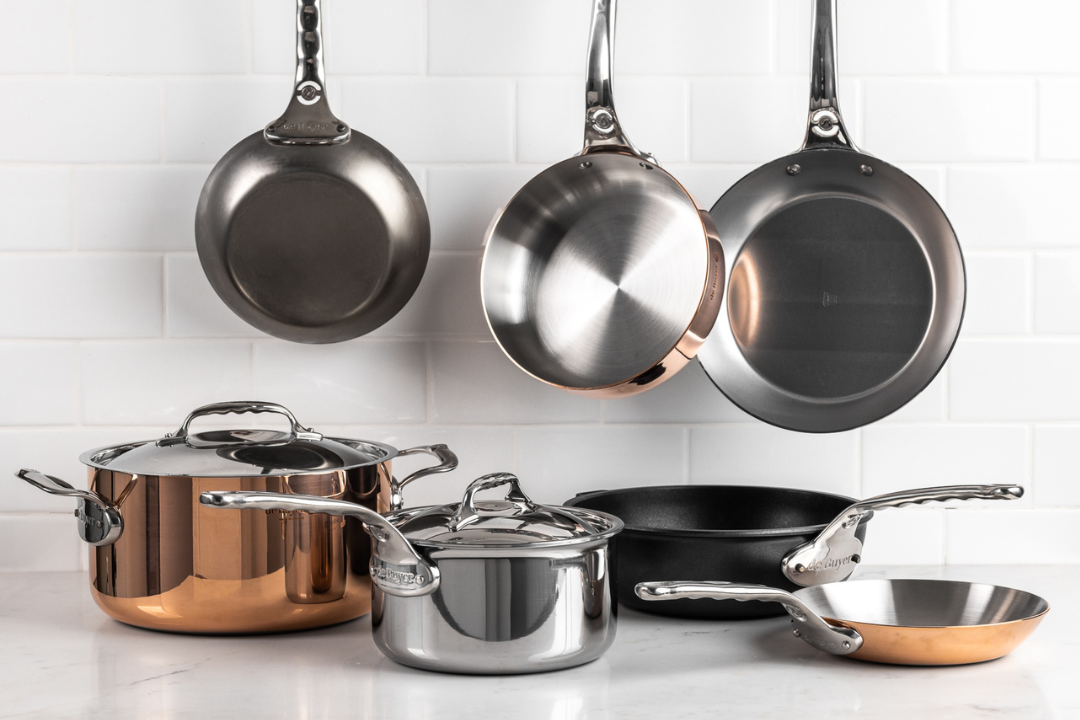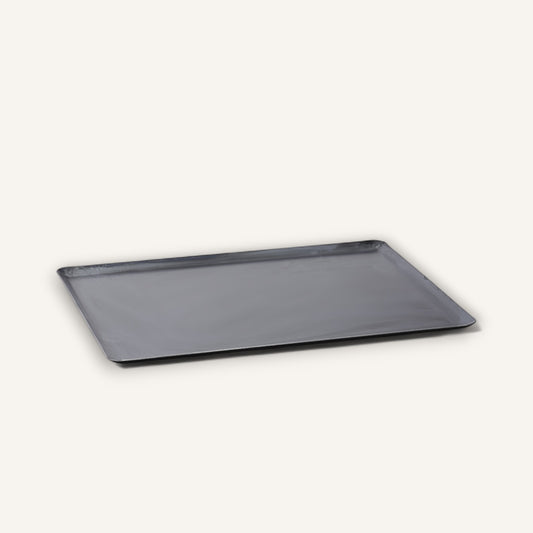There are a lot of options when it comes to purchasing new cookware. Cookware comes in various styles, sizes, and materials that cater to cooking different dishes.
Are you thinking about buying new cookware but aren’t sure what the right cookware is for you?
We’ve put together this guide to identifying the types of cookware, their uses, their different materials, and some budget tips to help you find the right cookware.
Related: What’s The Best Cookware Material?
What Should You Look For When Buying Cookware?
One of the first questions you must ask yourself when buying cookware is, what kind of meals do you cook frequently? Do you like to sear steaks or seafood? Are you a stew or soup person? Is roasting kind of your jam?
Start with the style of cooking you do the most, and build your cookware collection based on what you cook versus what you’d like to cook, and you’ll get the most out of your investment.
Types Of Pots and Pans
Let’s look at the cookware categories you’ll likely use the most in your kitchen daily.
Fry Pans and Skillets
Fry pans are great for shallow frying, searing, or sauteing meats and vegetables. Frying pans are one of the most versatile types of cookware. They come in different styles, sizes, and materials and are great for day-to-day use.
Are you trying to find the best cookware for your kitchen? Then, visit de Buyer USA to view our latest pots, pans, knives, and cookware sets.
Saute Pans
Similar to fry pans and skillets, saute pans typically have a deeper profile. They are great for simmering sauces, sauteing vegetables, stir-frying, or cooking one-pot meals. Their deeper profile allows them to hold more liquid than a frying pan, making them perfect for braising meats.
Saucepans & Pots
When you’re cooking anything that’s primarily liquid, that’s where saucepans and pots excel. Saucepans come in various sizes, materials, and styles that are perfect for stewing, making soups, and simmering sauces.
Crepes and Tortilla Pans
Crepes and tortilla pans are perfect for cooking excellent crepes, tortillas, pancakes, or even scrambling eggs. These fun and versatile pans feature nonstick surfaces and flat rims for the easy flipping of crepes and pancakes.

Roasting Pans and Griddles
Roasting pans and griddles are versatile and can cook larger meals on the stovetop, oven, and grill. They are a fantastic choice if you’re looking to cook a pot roast, roast a chicken, baked fish, or even make paella.
Specialty Pans
The pans above are versatile enough to cook most items. Still, you might need specialty pans for cooking paella, searing a steak, frying eggs, or cooking pancakes.
Related: Skillets Vs. Pan – The Differences and Uses
Types of Cookware Materials
Now that you’ve made the first step of identifying the styles of cookware you might need, let's take a look at the different types of materials from which they are made.
Carbon Steel Cookware
Carbon steel cookware is lighter, easier to handle than cast iron, and tougher than stainless steel and aluminum. Chefs love carbon steel because it heats up quickly and retains heat exceptionally well.
In addition, the seasoning process with carbon steel means the more you use it, the better it performs over time. The natural non-stock characteristics of carbon steel make it fantastic for searing steaks, fish, and other delicate food items.
Nonstick Cookware
Nonstick cookware is an essential part of any kitchen. The CHOC series of nonstick cookware is made from pressed heavy-duty aluminum combined with a 5-layer, high-resistance, PTFE coating for incredible performance. In addition, the CHOC series is guaranteed PFOA-free and are scratch resistant. This cookware can be used to make eggs and cook fish as well as reheat foods.
Stainless Steel Cookware
Professional chefs turn to stainless steel cookware because it is non-reactive, has superior heat distribution, and it’s practically indestructible. Uncoated stainless steel does a beautiful job of browning or the Maillard reaction. You can also use stainless steel cookware on any heat source, including induction. Stainless steel is also great for boiling water for vegetables, pasta, soups, and stews.
Copper Cookware
Copper is renowned by chefs for being one of the best conductors of heat. Copper cookware heats and cools quickly, and its excellent conductivity ensures even heat distribution throughout the pan for the uniform cooking of your food. Copper is a must-have for delicate reductions and sauces cooked in the classic French style.
Related: What Are PFOAs and Why Should You Avoid Them?

Looking for Cookware That Fits Your Budget
While chef-quality cookware can be expensive, you don’t have to break the bank to find the right cookware that fits your budget.
It might be tempting to go out and find a cookware set with every pot and pan you can imagine because it has a lower price. However, you don’t need to have every style of cookware in your kitchen to have a well-equipped kitchen.
One of the best things to do is only to buy essential, versatile pieces of cookware like a frying pan, a saute pan, and a saucepan. Cookware that you can use in combinations for your day-to-day cooking.
A high-quality piece of cookware will not only perform better when you cook with it, but it will also be much more durable and last much longer. In the long run, this can save you money to buy replacement cookware.
Find the Type of Cookware and the Material You Want to Cook With Daily
There are many different styles and sizes of cookware made from many other materials that you can choose when looking for the right one.
It’s better to spend a little more on high-quality cookware that you’ll use every day than to have pieces of lower-quality cookware that you might rarely use.
There’s material for cooks of every skill level that can make cooking easier and more fun. Carbon steel, copper, nonstick, and stainless steel are all versatile materials to cook with and are easy to clean.
Invest in a handful of quality, versatile pots and pans. They can make cooking easier because they’ll perform better and last longer.
Are you looking for the best cookware set for your cooking needs? Make sure to visit de Buyer USA to view our selection of top cooking sets today!




